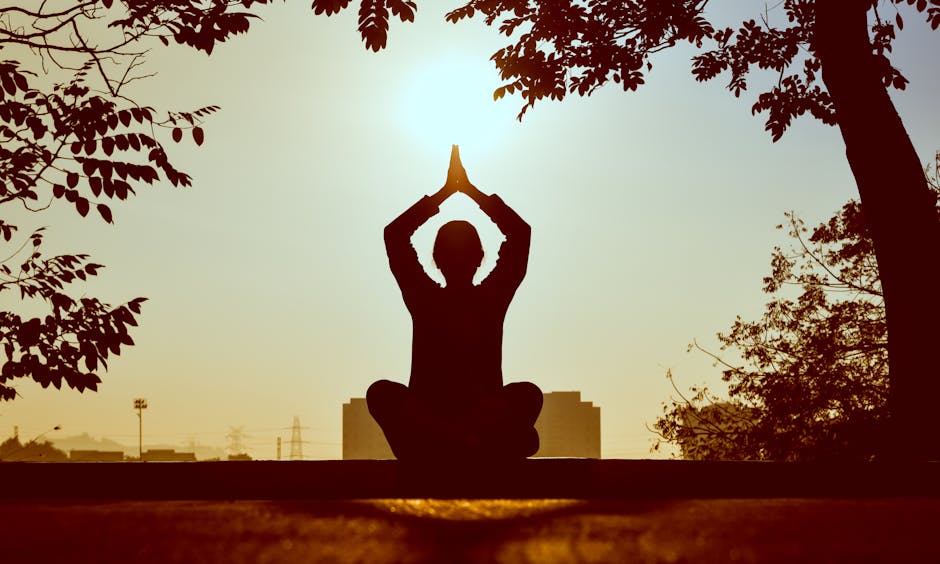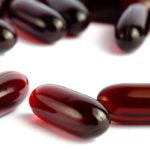Fitness Gloves: Your Ultimate Workout Companion
Fitness gloves are more than just a stylish accessory; they’re a crucial piece of equipment for maximizing your workout and minimizing the risk of injury. Whether you’re a seasoned athlete or just starting your fitness journey, understanding the benefits and choosing the right pair can significantly enhance your experience.
The Crucial Role of Protection:
One of the primary reasons athletes choose fitness gloves is protection. Calluses, blisters, and torn skin are common occurrences during intense weightlifting, calisthenics, and other demanding exercises. Gloves provide a protective barrier between your hands and the equipment, reducing friction and preventing these painful injuries. This is especially important for those with pre-existing skin conditions or sensitivities. The padded palms and fingers offer cushioning against impact, significantly reducing the strain on your hands and wrists. Furthermore, the reinforced stitching and durable materials used in many fitness gloves provide added protection against rips and tears, ensuring longevity and consistent performance.
Enhanced Grip and Stability:
Beyond protection, fitness gloves enhance your grip and stability. The textured palms and fingertips of many gloves increase friction, providing a more secure hold on weights, bars, and other equipment. This improved grip allows you to lift heavier weights with greater confidence, leading to improved strength gains and overall performance. This is particularly beneficial during exercises like pull-ups, deadlifts, and barbell rows, where a firm grip is essential for maintaining proper form and preventing injuries. The added stability also helps to reduce the risk of dropping weights, a common cause of accidents in the gym.
Wrist Support and Stabilization:
Many fitness gloves incorporate wrist wraps or straps, providing added support and stability to this crucial joint. The wrists are susceptible to injuries during weightlifting due to the repetitive stress and heavy loads involved. These integrated wrist wraps help to stabilize the wrist, reducing strain and the risk of sprains or strains. The level of wrist support varies depending on the glove design; some offer minimal support, while others provide firm compression and stabilization. Choosing gloves with appropriate wrist support is crucial for those with pre-existing wrist conditions or those engaging in particularly strenuous exercises.
Material Matters: Choosing the Right Fabric:
The material of your fitness gloves is crucial for comfort, durability, and performance. Common materials include:
-
Leather: Leather gloves offer excellent durability and breathability. They are typically more expensive but provide superior protection and longevity. Full-grain leather is the most durable option, while split-grain leather offers a more budget-friendly alternative. However, leather gloves require regular cleaning and conditioning to maintain their flexibility and prevent cracking.
-
Neoprene: Neoprene gloves are known for their snug fit and excellent compression. They offer good protection and can improve grip, but they may not be as breathable as leather gloves. Neoprene’s flexibility makes them suitable for various exercises, but they can become sweaty during intense workouts.
-
Nylon and Spandex: These synthetic materials are lightweight, breathable, and often moisture-wicking. They offer good flexibility and a comfortable fit but may not provide the same level of protection as leather or neoprene. They are a good choice for lighter workouts or those who prioritize breathability.
-
Hybrid Materials: Many fitness gloves utilize hybrid materials, combining the benefits of different fabrics. For example, a glove might have a leather palm for durability and a breathable nylon back for comfort.
Features to Consider:
When choosing fitness gloves, several features should be considered:
-
Padding: The amount and placement of padding are crucial factors. Look for gloves with adequate padding in the palm and fingers for impact absorption.
-
Wrist Straps: Assess the level of wrist support offered. Choose gloves with adjustable wrist straps for a customized fit and secure support.
-
Breathability: Consider the breathability of the material, especially if you tend to sweat during workouts. Look for gloves with breathable panels or mesh inserts.
-
Size and Fit: Proper fit is essential for comfort and performance. Measure your hand circumference and consult the manufacturer’s sizing chart before purchasing. Gloves that are too tight can restrict blood flow and cause discomfort, while gloves that are too loose can compromise grip and support.
-
Closure System: Most fitness gloves use hook-and-loop closures (velcro) for easy adjustment and a secure fit. Consider the durability and ease of use of the closure system.
Beyond Weightlifting:
While often associated with weightlifting, fitness gloves are beneficial for a wide range of activities:
-
Calisthenics: Protect hands during exercises like pull-ups, push-ups, and handstand work.
-
CrossFit: Provide protection and grip for various exercises, including rope climbs and kettlebell swings.
-
Cycling: Offer cushioning and protection against vibrations and impacts during long rides.
-
Gymnastics: Help protect hands during grips and other gymnastic movements.
Maintaining Your Fitness Gloves:
Proper care extends the lifespan of your fitness gloves. After each workout, wipe them down with a damp cloth to remove sweat and dirt. Allow them to air dry completely before storing them. For leather gloves, regular conditioning will help maintain their flexibility and prevent cracking. Avoid exposing your gloves to excessive heat or moisture.
Conclusion: (Not included as per prompt)





